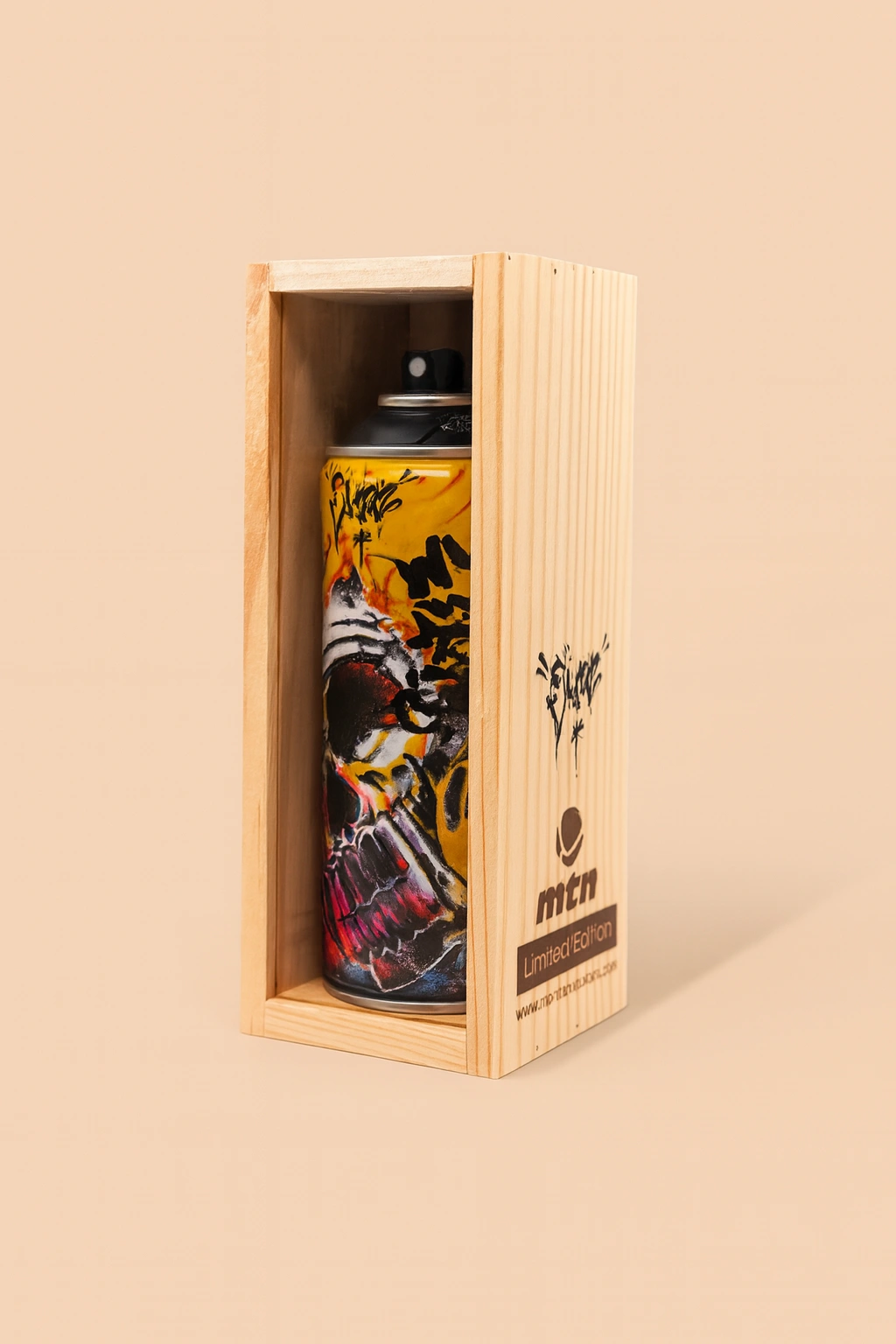In April 2025, the London Museum Docklands will open its doors to a new and captivating exhibition titled “London’s Lost Treasures”, which promises to offer visitors a glimpse into the city’s rich history through the lens of mudlarking. This centuries-old tradition, where people search the riverbed of the Thames for historical artifacts, has long been an integral part of London’s connection to its past. The exhibition will feature several intriguing finds, including a Tudor wool knitted hat, a medieval gold ring, a Viking-era dagger, and a pair of 18th-century false teeth. As mudlarking transitions from a niche, often personal pursuit into the museum space, this exhibition provides an opportunity to critically examine how such objects bridge the gap between history and modernity, and how they shape our understanding of London’s evolution.
The Significance of Mudlarking and the Thames
Mudlarking, with its roots stretching back to the Victorian era, was originally an occupation for the poor, who combed the muddy shores of the Thames for anything of value they could sell. In contrast, today’s mudlarks, often licensed enthusiasts, are more likely to be archaeologists of a sort—amateur historians who seek out traces of the past that the river has hidden for centuries. The Thames, with its tidal flow, serves as a natural archive, preserving and revealing objects from every era of London’s past.
What makes mudlarking so unique is that it provides ordinary individuals the chance to directly engage with history. Instead of digging into designated archaeological sites, mudlarkers operate in a space where the city’s long history is constantly exposed and submerged, depending on the tides. The upcoming “London’s Lost Treasures” exhibition at London Museum Docklands, which aims to bring together many of these objects for public viewing, holds promise in offering visitors an intimate connection to London’s history—objects that may have otherwise remained unknown or ignored.
However, with the rising popularity of mudlarking, one can question whether this centuries-old practice is at risk of becoming commodified or overly romanticized. This exhibition, while undoubtedly fascinating, could unintentionally blur the line between historical curiosity and commercial spectacle. While mudlarking offers a visceral connection to the past, the museum’s staging and curatorial decisions will play a pivotal role in determining whether these objects retain their authenticity or become merely decorative pieces that lack their original context.
The Objects: A Glimpse into London’s Past
The star of the exhibition is undoubtedly the Tudor wool knitted hat, a rare find that speaks volumes about the everyday lives of Londoners in the 16th century. Wool was a staple fabric in Tudor England, and the knitting of such a hat would have been a painstaking process—one that suggests the wearer’s status, labor, and lifestyle. The hat itself, found on the banks of the Thames, invites numerous questions: Who might have worn this hat, and under what circumstances was it lost to the river? Was it the possession of a laborer, worn daily and discarded after its usefulness ran out, or perhaps something that simply slipped away during a busy day on the docks?
This object, humble though it may seem, offers an intimate connection to the anonymous figures who inhabited London centuries ago. It represents not royalty or grandiose historical moments, but the everyday person. In this sense, the exhibition has the potential to elevate such everyday objects, showing that the seemingly mundane is often just as valuable for understanding history as more ostentatious artifacts like gold rings or elaborate weapons.
In contrast to the wool hat, the medieval gold ring on display reflects another layer of London’s past—one of wealth, status, and possibly romantic or political significance. Gold rings in medieval times often had symbolic meaning, whether as betrothal tokens or as seals of power and authority. The inclusion of this ring provides an important counterbalance to the more utilitarian objects, like the wool hat, that will be featured in the exhibition. It reminds us that London has always been a city of contrasts: wealth and poverty, grandeur and humility.
Another highlight is the Viking-era dagger, an elaborately decorated piece that represents the darker, more violent chapters of London’s history. Vikings frequently raided London, particularly during the 9th and 10th centuries, leaving behind destruction but also cultural imprints. The presence of a Viking-era dagger on the Thames riverbed, centuries later, is a stark reminder of the transient nature of power and violence. Weapons such as these, which were once tools of war, now serve as relics, removed from their violent origins and placed in the sterile environment of a museum.
Yet, the dagger’s presence in the exhibition also highlights a common challenge with presenting ancient weaponry in a museum setting: the tendency to fetishize the object while overlooking the human cost of its use. The curators will need to tread carefully here to avoid romanticizing the Viking invasions or presenting the dagger as simply an artifact of craftsmanship. Rather, it should be framed as a tangible reminder of the harsh realities of medieval warfare and the lives that were affected by such violence.
Lastly, the exhibition includes an 18th-century pair of false teeth—an object that might initially elicit curiosity or amusement. However, this object is a poignant reminder of the advancements (or lack thereof) in medicine, dentistry, and personal health during that time. Made from human or animal teeth, such dentures were often ill-fitting and painful, a far cry from modern prosthetics. This object also touches on vanity, societal pressures, and the growing importance of appearance in Georgian society.
Context and Storytelling: The Role of the Museum
As captivating as these objects are, the success of “London’s Lost Treasures” will depend heavily on how well the exhibition provides context for each of these finds. Without proper storytelling, these objects risk becoming static curiosities, detached from their historical narratives. For instance, while the Tudor wool hat and medieval gold ring offer fascinating glimpses into the past, they require thoughtful interpretation to convey their significance to a modern audience.
The curators will need to strike a balance between presenting these objects as remarkable discoveries and situating them within the broader story of London’s evolution. This means not only offering detailed information about the objects themselves but also connecting them to the people, events, and environments that shaped their existence. Who were the individuals behind these objects? What roles did they play in the social, economic, or political spheres of their time? And, perhaps most importantly, what do these objects tell us about the everyday lives of Londoners who lived hundreds of years ago?
Additionally, the exhibition should address the ethical dimensions of mudlarking, particularly in an era where mass tourism and social media are changing how people interact with historical sites. Mudlarking, once a quiet and solitary pursuit, has become something of a trend, with many people sharing their finds online. This newfound visibility raises questions about preservation, ownership, and the commercialization of history. As more people flock to the banks of the Thames in search of their own “lost treasures,” the risk of over-exploitation increases. The museum has a responsibility to acknowledge this dynamic and perhaps offer guidance on how to responsibly engage with London’s past.
A Window into the River’s Secrets
“London’s Lost Treasures” has the potential to be an extraordinary exhibition, one that not only showcases the fascinating objects found through mudlarking but also invites deeper reflection on London’s history, its people, and the objects they left behind. The exhibition could succeed in turning the mundane into the extraordinary, offering visitors a chance to see how the past is woven into the very fabric of the city. But as with any exhibition of historical artifacts, context is key. Without it, these objects may lose their power to transport us back in time and remind us that history is not just the story of kings and battles but also the story of everyday lives, quietly etched into the banks of the Thames.
No comments yet.








